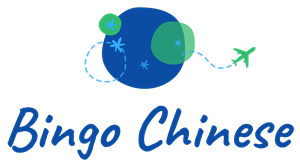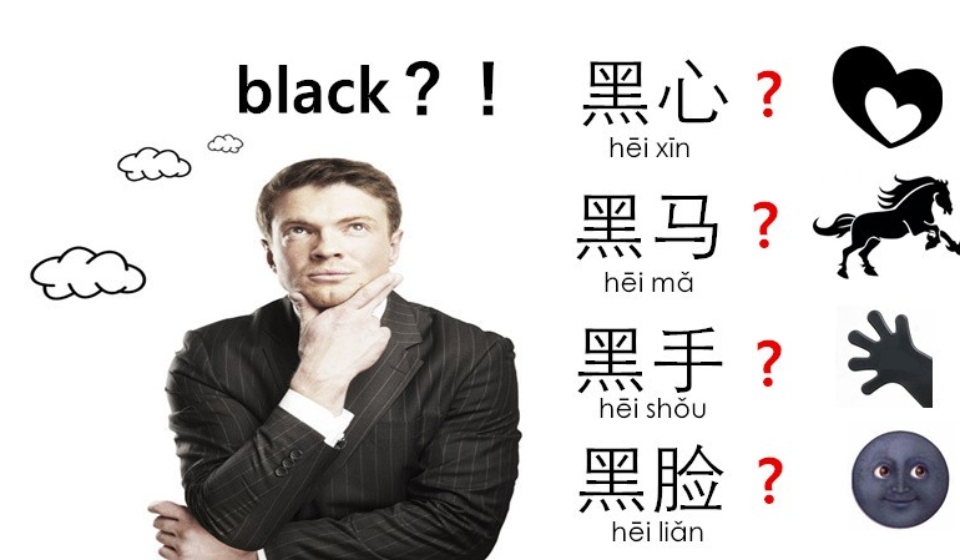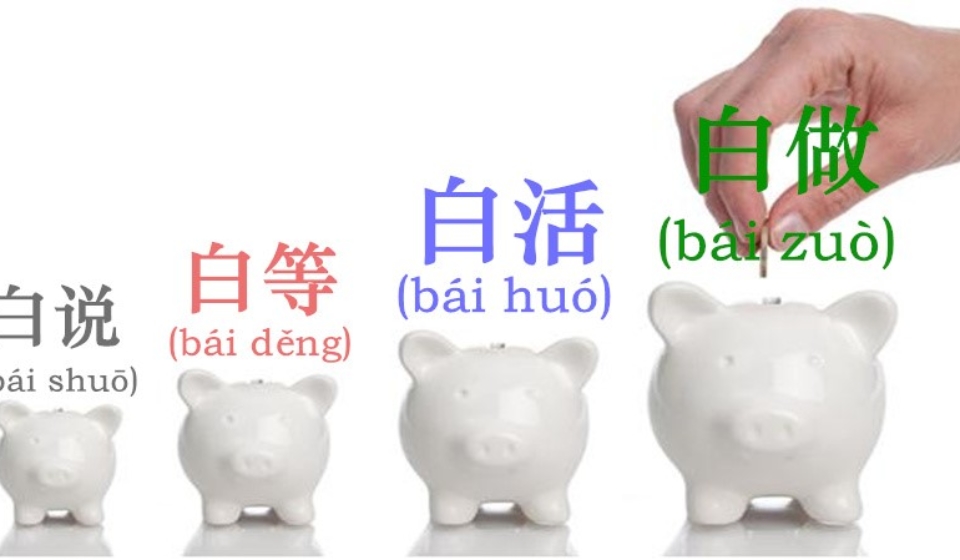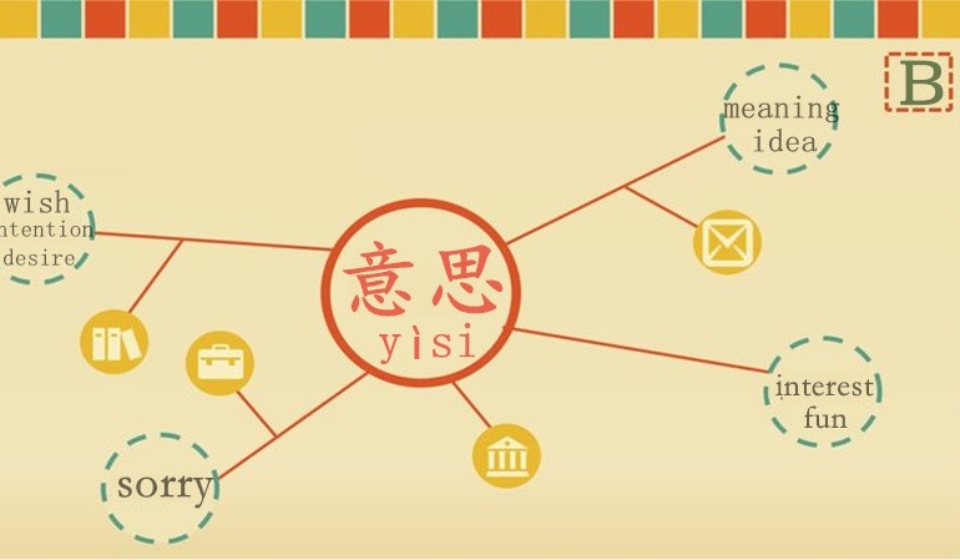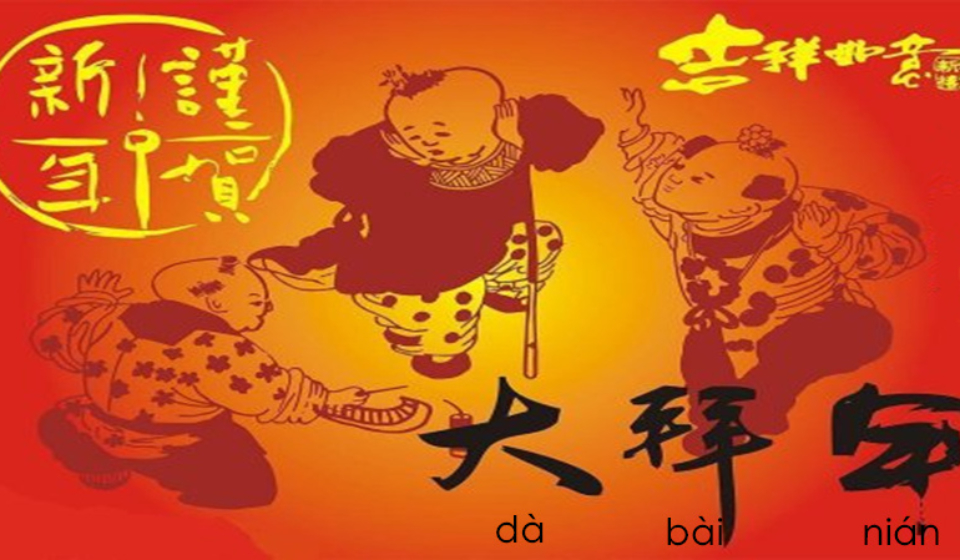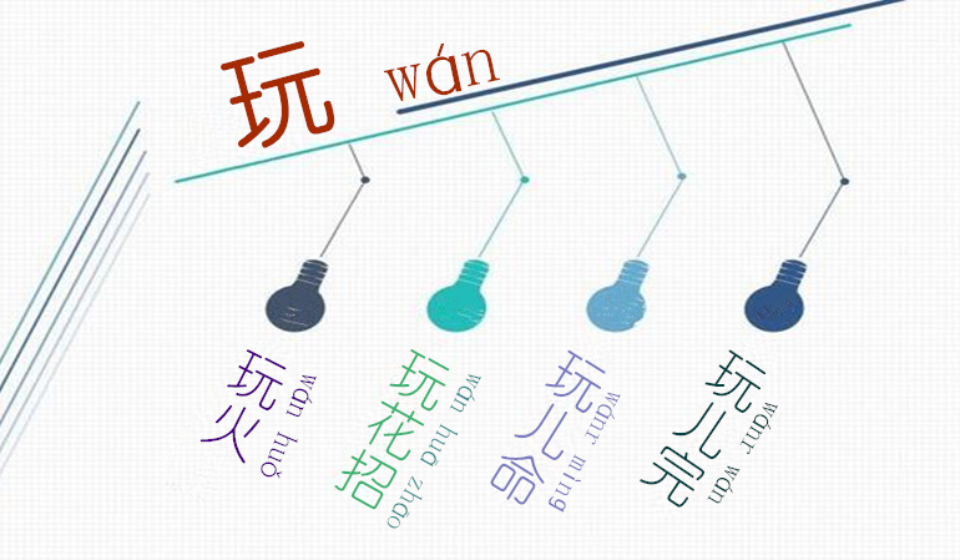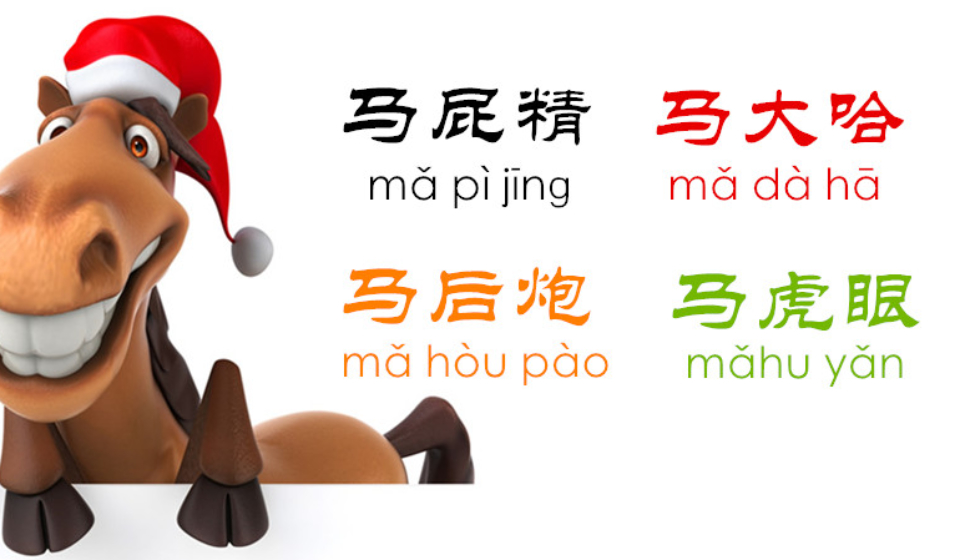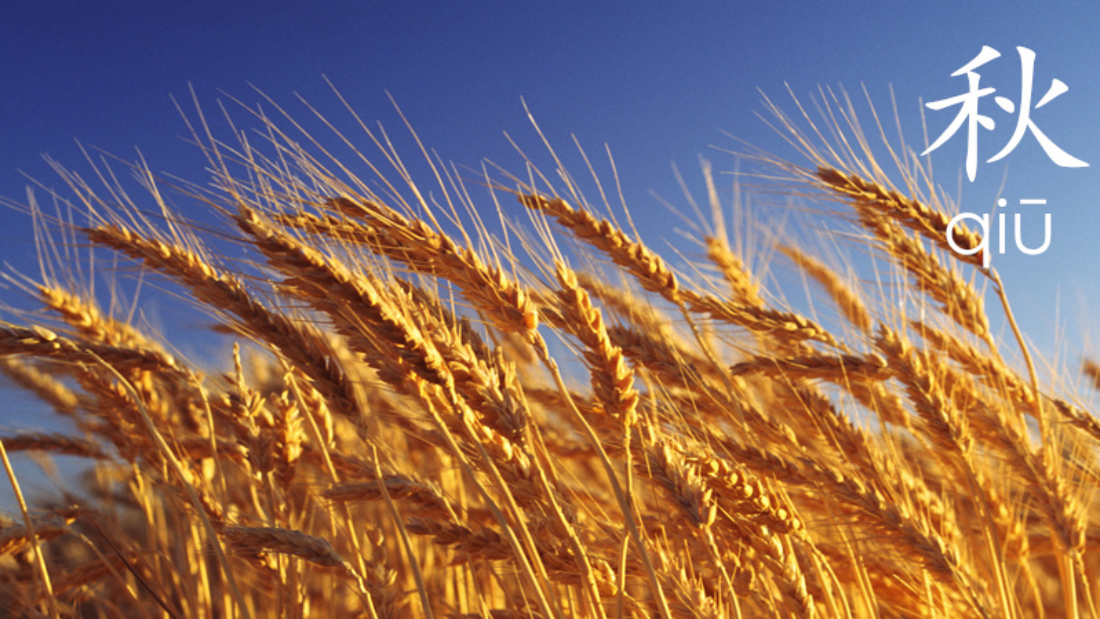Putonghua VS Cantonese
The Chinese language has a variation of dialects, usually pertaining to regions. Cantonese is one of the major dialects, as well as Mandarin, traditional and simplified for written Chinese.
The most popular, and thus most widely used Chinese dialect within mainland China, is Mandarin. It is also the official language of the republic of China.
Cantonese is the dialect used in the Guangdong province, in mainland China, as well as Macao and Hong Kong. In recent years, due to emigration, Cantonese is the main Chinese dialect used within Chinese communities abroad, for instance, San Francisco, London and other communities.
Both Cantonese and mainland Chinese (Mandarin) are tonal languages, but there are up to nine tones in Cantonese compared to only four in the main Chinese dialect of Mandarin. This makes Cantonese a more difficult dialect to learn.
Although grammatically Cantonese and Chinese dialects share many features, there are still variations. Cantonese also has quite a large number of set expressions and idiomatic ways of how to say some things, which must be grasped to be fully functional with the dialect.
Summary:
Chinese is a collection of dialects, including Cantonese and other dialects.Cantonese is the second most widely spoken dialect after the main Chinese (Mandarin), which is the official language.Cantonese is used mainly in Southern China, Hong Kong and Macao, while Chinese (Mandarin) is used mainly in mainland China. Cantonese is more expressive, and more open to slung than main Chinese, which is seen as too formal.
Putonghua VS Taiwanese Mandarin
Taiwanese Mandarin (台灣國語) is a fascinating mélange of many disparate elements from Hokkien to Haka and Taiwan Standard Mandarin (國語) to ancient Austronesian languages.
Taiwanese don’t 卷舌 (roll their tongue) and tend to drop the “H” when saying things like 是不是 “shì bú shì” becomes “sì bú sì”.
That was of course just the tip of the iceberg. There were a whole host of adjustments to be made including fancy traditional characters, the silent h, tonal differences, basic vocabulary differences, and strong influence from Taiwanese dialect as well as other dialects and languages. Taxi was now 計程車 instead of 出租车, bicycle was 脚踏车 not 自行车, and most bizarrely trash 垃圾 (lājī) became “lèsè”.
Simplified vs. Traditional
One quick tip, many of the radicals have only been slightly modified, so if you just realize that 讠is 訁, 钅is 釒, and 纟is 糹, you can get really far.
Pinyin vs. Wade-Giles
Though it officially discontinued use of Wade-Giles in 2008, it’s still alive and going strong in Taiwan in 2014. In the late 1800s, Thomas Wade and later Herbert Giles undertook the noble task of trying to devise a romanized system for Chinese. It wasn’t bad for a first try, but over a hundred years later, the shortcomings are glaring. There’s no distinction between G and J sounds, and they are all lumped in with the letter K for some strange reason. Gaoxiong is Kaohsiung and Jilong is Keelung. There’s also no distinction between “B” and “P”, thus Taibei is spelled Taipei and Pingzhen City is spelled Pingjhen City. They struggled mightily with the “X” sound and instead decided to use “Hs”, so 新竹 (Xinzhu) is spelled Hsinchu.
Surnames such as Zhou becomes Chou , Zhang becomes Chang, Guo becomes Kuo, etc… Some cities and districts in Taiwan have started to adopt Hanyu Pinyin for street signs. The Taiwanese education system does use a very effective, arguably superior pronunciation system called zhuyin or colloquially Bopomofo, but it takes some time to learn.
Pronunciation differences
和 (hé) vs. (hàn)
So far, Taiwan is the only place where I’ve heard 和 pronounced this way.
垃圾 (lājī) vs. (lèsè)
This pronunciation for “trash” originates from Wu dialect (吴语) and is in stark contrast to the pronunciation in the Chinese mainland.
Basic vocabulary differences
脚踏车 = 自行车 (bicycle)
The Taiwanese prefer the term 脚踏车 (foot pedaling vehicle) to 自行车 (self moving vehicle) to describe a bicycle.
司機 = 师傅 (driver)
In the Chinese mainland anyone can be referred to as a shifu or master, but in Taiwan drivers are simply called 司機 (driver).
馬鈴薯 = 土豆 (potato)
Taiwanese will laugh at you if you call a potato (馬鈴薯) a peanut (土豆).
鳳梨= 菠萝 (pineapple)
This word will come in handy when you want to buy Taiwan’s tasty treat – 鳳梨酥 (pineapple cake).
起士 or 乳酪 = 奶酪
Nobody in Taiwan knows what 奶酪 is, but if you just say the English “Cheese” there will be 100% recognition.
Same word different meaning
In some cases, word order is reversed, as in the case of the word authentic 地道 vs. 道地(Taiwan). Components of characters can even be reversed in the case of the word enough – 够 vs. 夠 (Taiwan).
Tonal differences
法國 (Fàguó) vs. 法国 (Fǎguó)
My friends Palanka and Gubo always told me in the Practical Chinese Reader that the 法 in 法国 is always pronounced with the third tone (fǎ) , so I always suffer an existential crisis with Taiwanese pronounce it fà (fourth tone).
星期 (xīngqí) vs.星期 (xīngqī)
微笑 (wéixiào) vs. 微笑(wēixiào)
企業 (qìyè) vs. 企业(qǐyè)
暴露 (pùlù) vs. 暴露(bàolù)
炸雞腿 (zhàjītuǐ) vs. 炸鸡腿(zhájītuǐ)
Taiwanese words
歹勢 (pháiⁿ-sè) = 不好意思 (Sorry, excuse me)
龜毛(ku-mo) = 不乾脆 (Stingy and picky)
Q (khiū) = 软润有弹性 (Soft and chewy)
呷飯 (chia-bun) = 吃饭 (To eat)
阿兜仔 (a-doh-ah) = 老外 (Foreigner, literally protruding nose person)
Aborigine words
芭樂 = 番石榴 (Guava)
馬啦桑 = 喝醉 (Drunk)
Japanese words
便當 = 盒饭 (Box Lunch)
歐巴桑 = 姑妈 (Obasan, old lady)
麻糬 = 年糕 (Maji, Mochi)
English words
優格 = 酸奶 (Yogurt)
起士 = 奶酪 (Cheese)
纽西兰 = 新西兰 (New Zealand)
